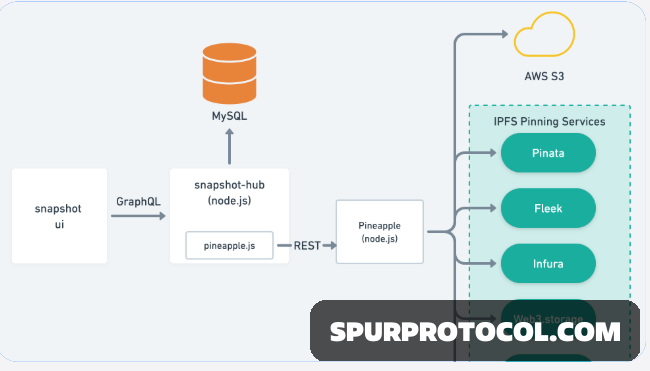How Does Snapshot Voting Work?
Snapshot voting is a method commonly used in decentralized autonomous organizations (DAOs) to facilitate gasless, off-chain governance voting. Here's a clear breakdown of how it works
Go Back

🕒 8:36 AM
📅 Jul 23, 2025
✍️ By prejworld
🔍 What Is Snapshot?
Snapshot is a popular off-chain voting system used by many DAOs and crypto projects. It allows users to vote on proposals without paying gas fees, by taking a "snapshot" of token holdings at a specific block height on the blockchain.
🧠 How Snapshot Voting Works (Step by Step)
1. Proposal Creation
A DAO member submits a proposal through the Snapshot platform. 1.
The proposal includes: a title, description, voting options, start/end time, and the block number for the snapshot.
2. Snapshot of Token Holdings
At the specified snapshot block, the system records each user's token balance (e.g., $SPUR, $UNI, etc.).
Only holders with tokens at that block can vote, and their voting power equals their token balance at that moment.
This prevents vote manipulation by moving tokens in/out before voting ends.
3. Voting Period
Token holders cast votes off-chain using their crypto wallet (e.g., MetaMask).
No gas is required because votes are signed messages, not on-chain transactions.
4. Vote Tally
When voting ends, the system counts votes based on the recorded balances at the snapshot block.
Voting strategies (e.g., 1 token = 1 vote, quadratic voting, weighted voting) can be configured.
5. Execution (If Needed)
Since Snapshot is off-chain, the proposal itself doesn’t directly trigger any on-chain action.
DAOs often have a separate on-chain mechanism or multisig wallet to manually execute the results of successful votes.
🧩 Key Features
✅ Gasless voting (off-chain)
📸 Immutable snapshot of token holdings
🔐 Secure voting via wallet signature
⚙️ Customizable voting strategies
📊 Transparent and verifiable results
🏛️ Example Use Cases
Governance proposals in protocols like Aave, Uniswap, Curve
DAO community decisions (e.g., fund allocation, partnerships)
Grant proposals (e.g., Gitcoin or Web3 foundations)
